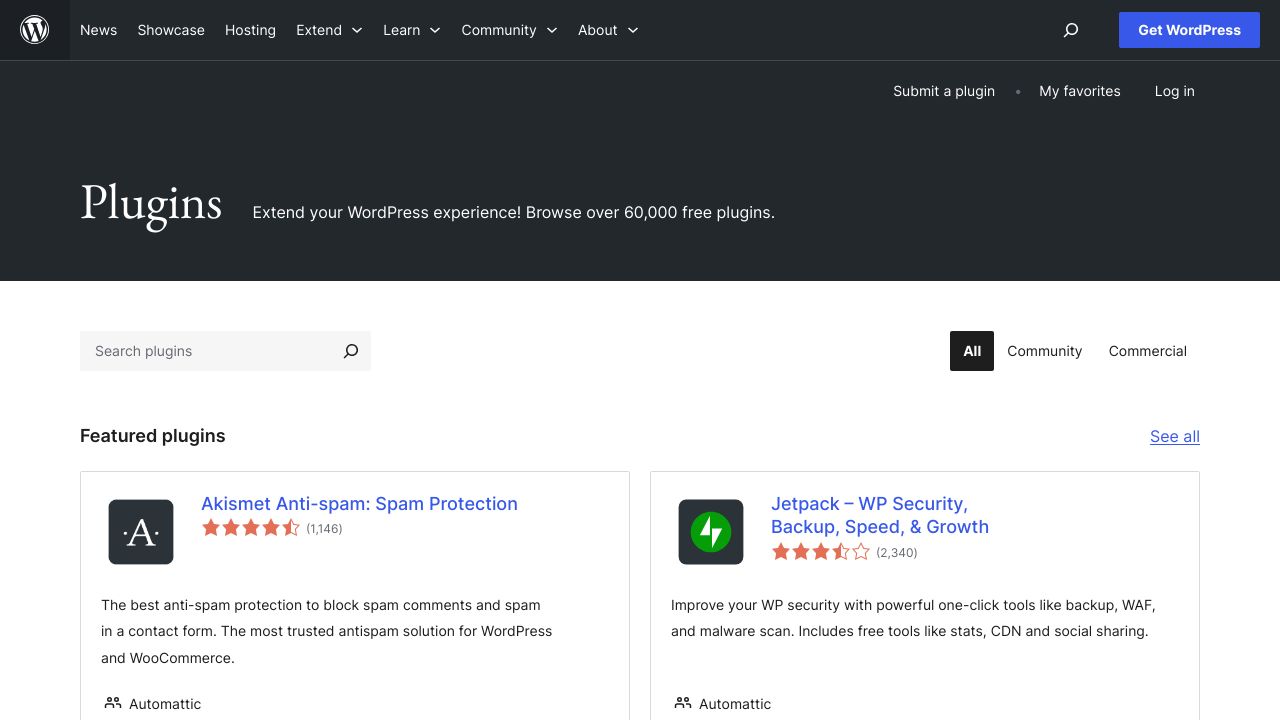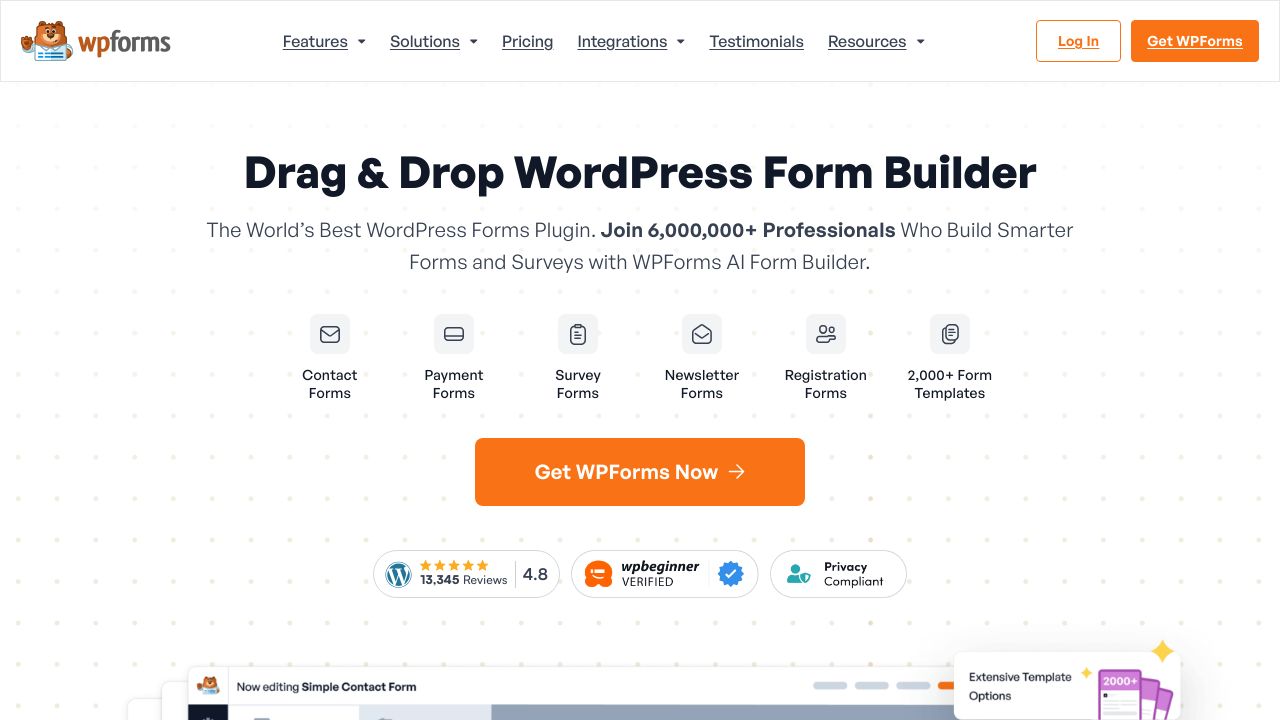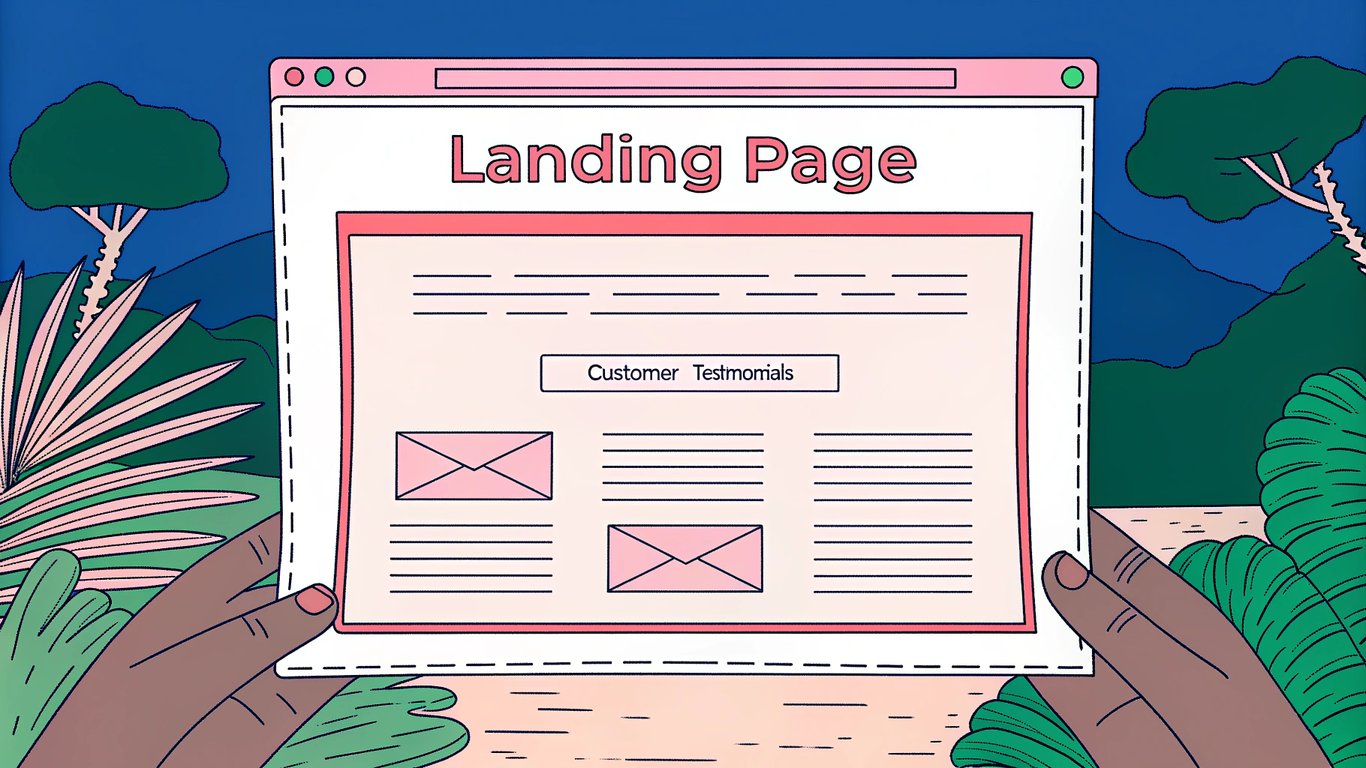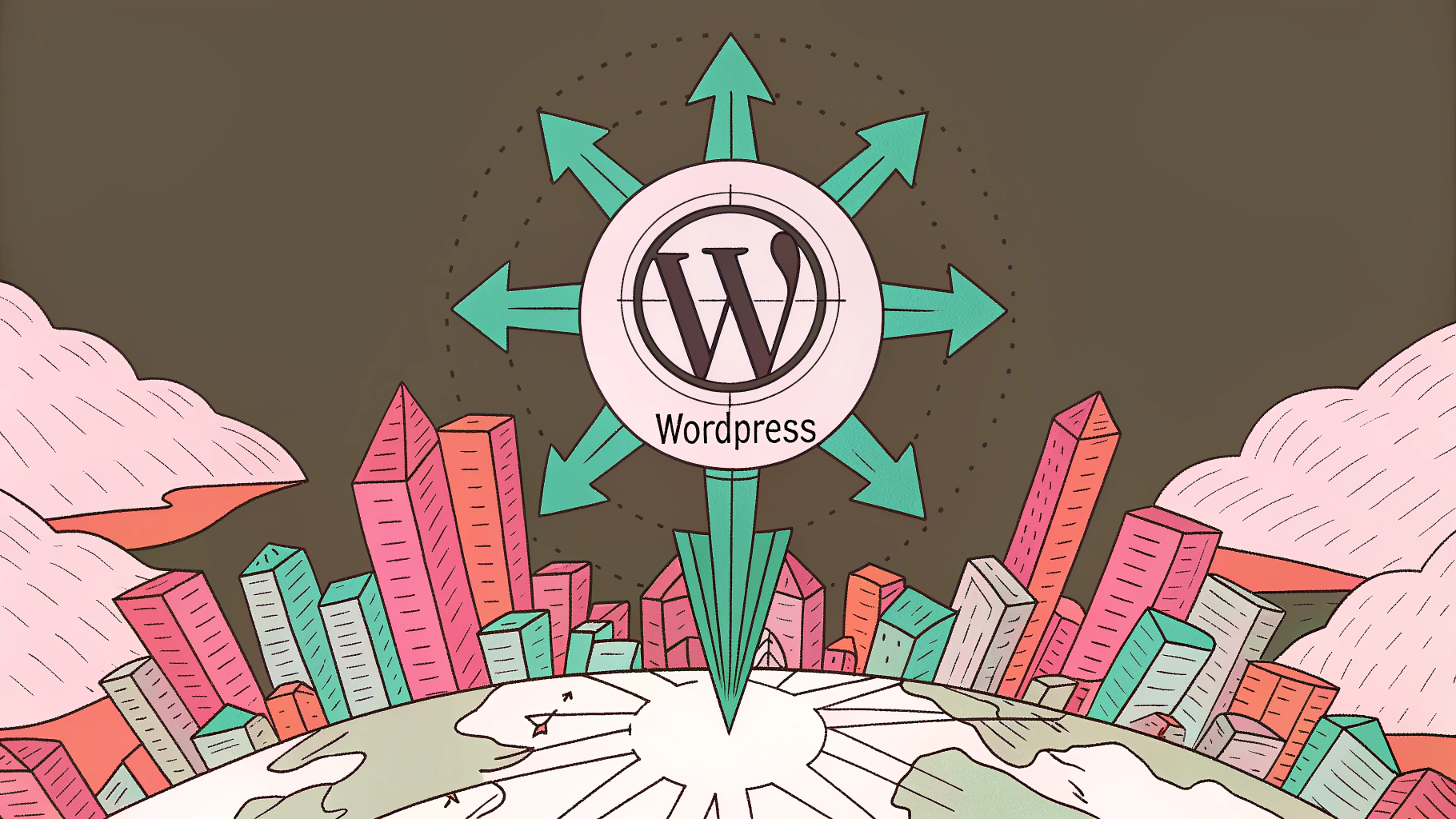Your WordPress blog sits there publishing content, but visitors come and go without leaving their contact information. That's where AI-driven lead generation changes everything. Instead of hoping people will randomly subscribe, you can create intelligent systems that guide visitors through carefully crafted experiences designed to capture their interest and contact details.
What Are AI-Driven Content Funnels?
Think of AI-driven content funnels as smart pathways that adapt to each visitor's behavior. Traditional funnels show the same content to everyone. AI funnels analyze what pages someone visits, how long they stay, and what they click on, then serve up personalized content that's more likely to convert them into leads.

These systems use machine learning to identify patterns in visitor behavior. If someone spends time reading your pricing pages, the AI might show them a calculator tool as a lead magnet. If they're browsing beginner tutorials, it might offer a starter guide instead.
Why WordPress is Perfect for Lead Generation
WordPress powers about 40% of all websites, and there's a good reason why it's become the go-to platform for businesses wanting to generate leads. The plugin ecosystem makes it incredibly easy to add lead capture forms, landing page builders, and analytics tools without touching code.
You can integrate with email marketing platforms like Mailchimp or ConvertKit, add chatbots, create pop-ups, and track everything through Google Analytics. The flexibility means you can start simple and add more sophisticated features as your business grows.

The Psychology Behind Effective Lead Magnets
People don't give away their email addresses for nothing. They need to believe they're getting something valuable in return. The best lead magnets solve an immediate problem or satisfy curiosity about something your audience cares about.
The key is specificity. "Free Marketing Guide" sounds generic. "7-Day Email Sequence That Converts Cold Subscribers into Paying Customers" tells people exactly what they'll get and what outcome to expect. The more specific you can be about the value, the better your conversion rates will be.
Setting Up Your WordPress Blog for Lead Generation Success
Before you can start capturing leads effectively, your WordPress site needs the right foundation. This means installing the right plugins, optimizing your site structure, and setting up tracking systems that help you understand what's working.
Essential WordPress Plugins for Lead Generation

You'll need a few core plugins to handle different aspects of lead generation. WPForms makes it easy to create contact forms and lead capture forms with drag-and-drop builders. For more advanced funnels, WPFunnels provides comprehensive funnel building capabilities.
- Form builders: WPForms, Gravity Forms, or Ninja Forms for creating lead capture forms
- Email marketing: Mailchimp for WordPress, ConvertKit, or Constant Contact integrations
- Pop-ups and opt-ins: OptinMonster, Popup Maker, or Thrive Leads
- Landing pages: Elementor, Beaver Builder, or dedicated landing page plugins
- Analytics: MonsterInsights for Google Analytics integration
Optimizing Your Site Structure for Conversions
Your site's navigation and layout directly impact how well you can generate leads. Place opt-in forms in high-visibility areas like your header, sidebar, and at the end of blog posts. Create dedicated landing pages for your lead magnets instead of trying to capture leads on your regular blog posts.
Consider adding a resources page that showcases all your lead magnets in one place. This gives visitors a clear path to valuable content and makes it easy for them to choose what interests them most.
Installing and Configuring AI Tools
AI tools for WordPress are becoming more accessible. Chatbot plugins like Tidio or Drift can qualify leads automatically by asking visitors questions and routing them to appropriate resources. Some email marketing platforms now include AI features that optimize send times and subject lines based on subscriber behavior.
Start with one AI tool and learn how it works before adding more. The goal is to enhance your lead generation, not complicate it with too many moving parts.
Creating High-Converting Lead Magnets with AI Assistance
The quality of your lead magnet determines how many people will exchange their contact information for it. AI tools can help you research what your audience wants, create content faster, and optimize for better conversions.
25+ Proven Lead Magnet Ideas for Small Businesses
Different types of lead magnets work better for different audiences and industries. Here are proven formats that consistently perform well:
| Lead Magnet Type | Best For | Example |
|---|---|---|
| Checklists | Process-oriented audiences | SEO Audit Checklist |
| Templates | DIY business owners | Email Marketing Templates |
| Guides/Ebooks | Information seekers | Beginner's Guide to Social Media |
| Calculators | Data-driven decisions | ROI Calculator |
| Free Trials | Software/service businesses | 7-Day Free Trial |
| Webinars | Education-focused audiences | Live Training Sessions |
| Resource Lists | Curated content seekers | 50 Free Marketing Tools |
| Mini-courses | Skill development | 5-Day Email Course |
The key is matching the format to your audience's preferences and your business goals. B2B audiences often prefer detailed guides and calculators, while B2C audiences might respond better to quick checklists and templates.
Using AI to Research and Validate Lead Magnet Ideas
AI tools can analyze your existing content to identify topics that generate the most engagement. BuzzSumo shows you what content performs best in your industry, while tools like AnswerThePublic reveal the questions people are asking about your topics.
Look at your Google Analytics data to see which blog posts get the most traffic and engagement. These popular topics often make excellent lead magnet subjects because you already know people are interested in them.
AI-Powered Content Creation for Lead Magnets

AI writing tools can help you create lead magnet content faster, but they work best when you provide specific prompts and edit the output. Use AI to generate outlines, create first drafts, or brainstorm ideas, then add your expertise and personality to make the content uniquely valuable.
Remember that people can tell when content feels generic or AI-generated. The most effective lead magnets combine AI efficiency with human insight and experience.
Building AI-Driven Content Funnels That Convert
A content funnel guides visitors from their first interaction with your blog through becoming qualified leads. AI makes these funnels smarter by personalizing the experience based on visitor behavior and preferences.
Mapping Your Customer Journey
Start by identifying the path your ideal customers take from discovering your blog to becoming leads. Most journeys follow a pattern: awareness (finding your content), interest (engaging with multiple pieces), consideration (comparing options), and action (providing contact information).
Create content for each stage. Blog posts work well for awareness, detailed guides for interest, case studies for consideration, and lead magnets for action. AI can help you identify which content performs best at each stage.
Creating Landing Pages That Convert
Your landing page is where visitors decide whether to become leads. Keep the design clean and focused on one goal: getting the visitor to download your lead magnet. Remove navigation menus and other distractions that might lead people away from the conversion action.
- Clear headline that matches your traffic source
- Compelling description of what they'll receive
- Simple form asking only for essential information
- Strong call-to-action button with action-oriented text
- Social proof like testimonials or download numbers
Setting Up Email Automation Sequences
Once someone downloads your lead magnet, they should immediately receive a welcome email with the promised content. Follow up with a series of emails that provide additional value while introducing your products or services gradually.
A typical sequence might include: immediate delivery email, welcome message, helpful tip, case study, another valuable resource, and soft pitch for your main offering. Space these emails 2-3 days apart to maintain engagement without overwhelming subscribers.
Advanced AI Techniques to Generate Leads More Effectively
Once you have basic lead generation working, AI can help you optimize and scale your efforts. These advanced techniques require more setup but can significantly improve your results.
Implementing AI Chatbots for Lead Qualification
AI chatbots can engage visitors 24/7, answer common questions, and qualify leads before they reach your sales team. Set up your chatbot to ask qualifying questions like company size, budget range, or specific challenges they're facing.
The key is making the conversation feel natural, not like a survey. Start with a friendly greeting, offer help, and guide the conversation based on their responses. High-quality leads can be routed to your sales team immediately, while others can be nurtured through email sequences.
Dynamic Content Optimization with AI
AI can test different versions of your lead magnets, headlines, and call-to-action buttons automatically. This goes beyond traditional A/B testing by continuously optimizing based on real-time performance data.
Some platforms can even personalize the lead magnet offer based on the visitor's behavior. Someone who's been reading pricing pages might see a cost calculator, while someone browsing tutorials might see a beginner's guide.
Measuring and Optimizing Your Lead Generation Performance
You can't improve what you don't measure. Setting up proper tracking and analytics helps you understand which strategies work best and where to focus your optimization efforts.
Key Metrics to Track for Lead Generation Success
Focus on metrics that directly impact your business goals. Conversion rate tells you how well your lead magnets perform, but lead quality matters more than quantity. Track how many leads become customers and their lifetime value.
| Metric | What It Measures | Good Benchmark |
|---|---|---|
| Conversion Rate | Visitors who become leads | 2-5% for most industries |
| Cost Per Lead | Marketing spend per lead | Varies by industry |
| Lead Quality Score | Likelihood to become customer | Track improvement over time |
| Email Open Rate | Engagement with nurture sequence | 20-25% average |
| Lead to Customer Rate | Leads who make purchases | Industry dependent |
Setting Up Analytics and Tracking Systems
Google Analytics can track lead generation goals, but you'll need additional tools for complete visibility. Set up conversion tracking for each lead magnet, monitor email marketing metrics, and use heat mapping tools to see how visitors interact with your pages.
Create a simple dashboard that shows your most important metrics in one place. This makes it easier to spot trends and make data-driven decisions about your lead generation strategy.
Scaling Your Lead Generation System for Long-Term Growth
Once you have a working lead generation system, the next challenge is scaling it without proportionally increasing your workload. Automation and systematic approaches become crucial for sustainable growth.
Automating Lead Nurturing and Follow-Up
Set up automated workflows that handle routine tasks like sending welcome emails, delivering lead magnets, and following up with prospects. This ensures consistent communication without manual intervention.
Create different nurture sequences for different types of leads. Someone who downloads a beginner's guide needs different follow-up content than someone who requests a product demo. Segmentation helps you provide more relevant experiences.
Building a Content Calendar for Consistent Lead Generation
Consistent content creation keeps your lead generation system fed with fresh traffic. Plan your content calendar around your lead magnets, creating blog posts that naturally lead to your opt-in offers.
AI tools can help you maintain consistency by suggesting content topics, optimizing publish times, and even creating first drafts. The key is maintaining a regular publishing schedule that your audience can rely on.
Common Pitfalls to Avoid and Troubleshooting Tips
Many WordPress site owners make the mistake of asking for too much information upfront. Keep your initial forms simple - just name and email address. You can gather more details later through your nurture sequence or progressive profiling.
Another common issue is creating lead magnets that don't align with your main offerings. If you sell marketing software, don't create lead magnets about web design. The disconnect confuses prospects and attracts the wrong audience.
Finally, don't neglect mobile optimization. Many visitors will discover your content on mobile devices, so ensure your forms, landing pages, and lead magnets work perfectly on smartphones and tablets.
Building an effective lead generation system takes time and testing, but the results compound over time. Start with one lead magnet and one simple funnel, then expand as you learn what works best for your audience. The combination of WordPress flexibility and AI-powered optimization gives you powerful tools to generate leads consistently and scale your business growth.



